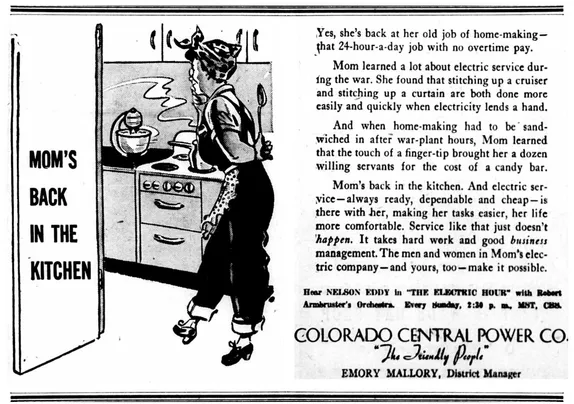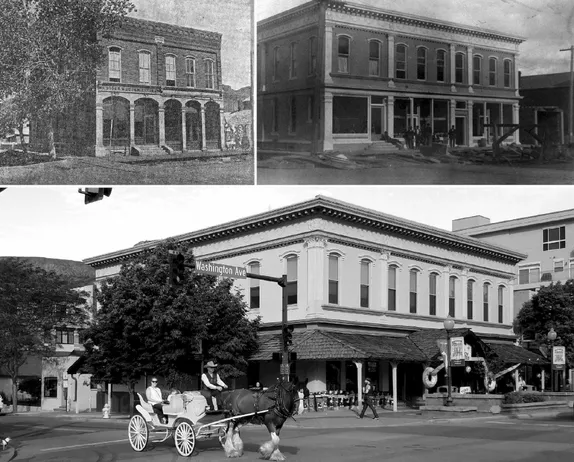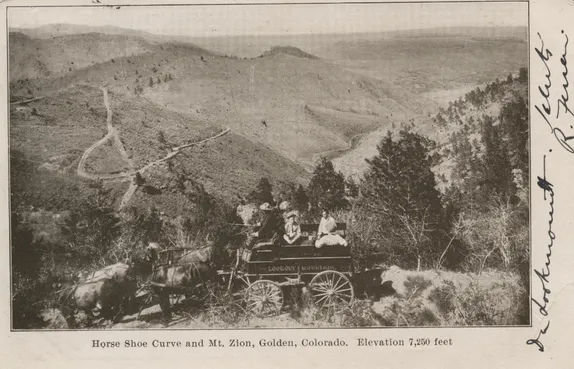87 Years Ago
The June 10, 1937 Colorado Transcript was full of celebratory articles. For the first time since March of 1933, Golden had a bank.
In March '33, President Roosevelt declared a Bank Holiday to end a nationwide run on the banks. Banks were allowed to reopen after auditors examined their books and determined that they were sound. Unfortunately for Golden, the Rubey Bank was never approved to reopen.
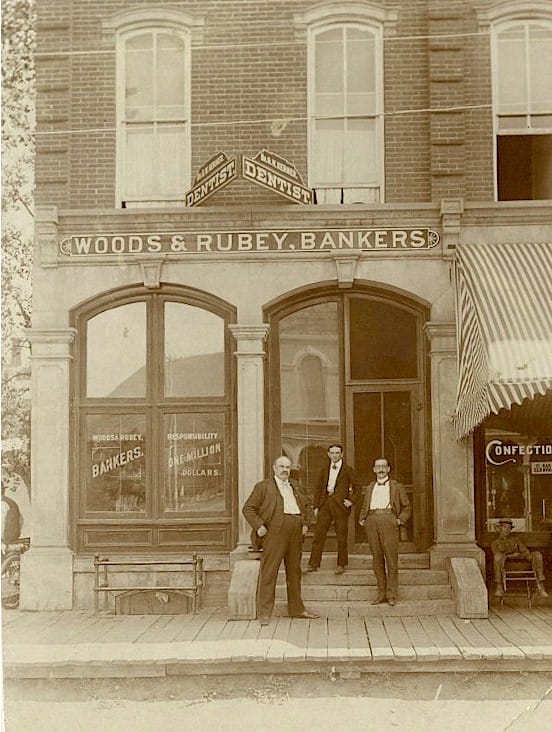
The Rubey Bank began in 1893 when W.S. Wood and Jesse Rubey bought the National Bank of Commerce. Jesse’s brother Harry worked in the bank and eventually rose to become its president. When W.S. Wood retired in 1915, the bank was renamed from Woods & Rubey to the Rubey Bank.
Jesse Rubey trained his brother Harry to run the bank, then he (Jesse) returned to his native Kansas City to manage his other business interests. When Harry died in 1925, Jesse returned to Golden to run the bank for two years before selling it to, E. A. Phinney.

The bank remained sound under Phinney’s ownership, but it did not meet federal accounting standards. It was closed in the “bank holiday” and stayed closed for more than three years. Customers were allowed access to their safe deposit boxes, but the bank was not allowed to accept deposits or provide withdrawals.
In September of 1933, John Q. Adams was appointed as receiver. Bank depositors pressured Adams to sell the bank’s assets as quickly as possible, so they could regain some of their deposits. Adams, however, proceeded in a slow and methodical way to examine the assets and sell off those that would bring reasonable returns. In 1933, property and bond values were quite depressed, but within a year or two, they began to regain their value.
The Transcript’s first estimate of what depositors could expect to receive was 65% of their money. Adams paid the first “dividend” to the bank’s depositors in April of 1934–thirteen months after the bank had closed. This first installment was 37-1/2% of the funds that depositors had placed in the bank.
A second dividend followed in June of 1935, which returned an additional 30% of deposits. The Transcript–feeling more optimistic at that point–thought that the final proceeds might reach 80% or even 90% of deposits.
In the end, after the final sale of assets in January of 1937, depositors received 102.44% of the money they had deposited in the bank.
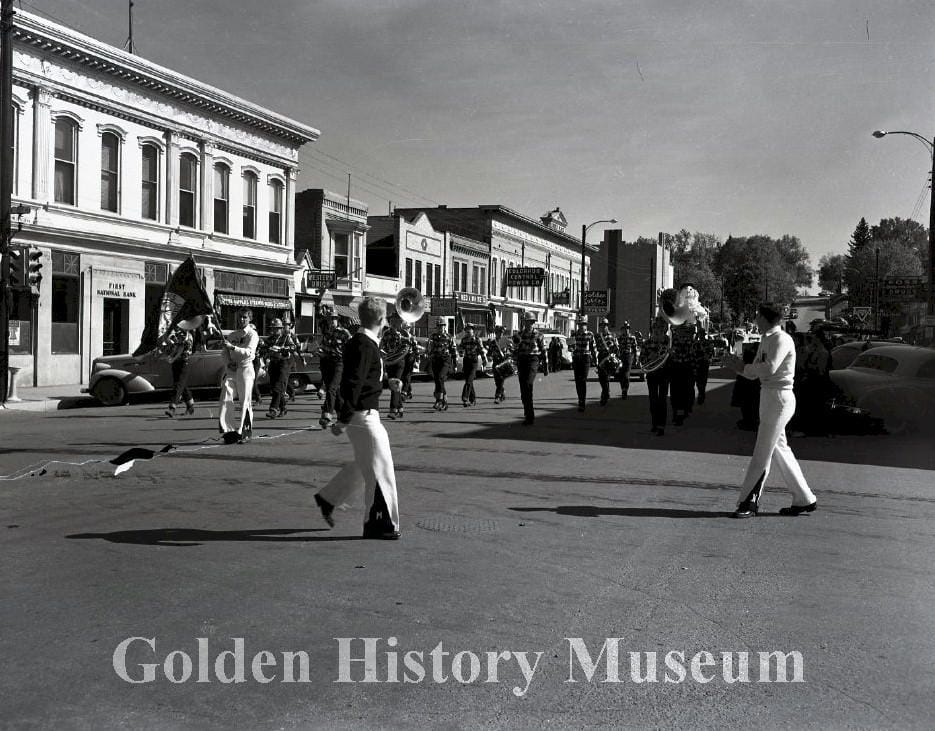
Golden was so pleased with Receiver Adams that they asked him to stay and start a new bank. He did, and in June of 1937, the First National Bank of Golden opened in the Rubey Bank building. Jubilant Golden-ites opened 129 accounts on the first day of business.
Four years and three months is a a long time for a town to be without a bank. In 1935, the Transcript commented that One of the most valuable assets of Golden is idle…. The vaults of the Golden bank…contain not a single dime. Folks must now, for security, resort to those primitive methods, the old clock, the bedtick, and the old sock.
When the new bank opened in June of 1937, the Transcript wrote that Golden had been lucky.
No one has been murdered for their money and there have been no organized robberies for cash hauls…. For the last four years there has been scarcely a business house in the town that, in order to cash checks and to accommodate its patrons, has not had to carry more cash on hand than was felt to be really safe.
Thanks to the Golden History Museum for providing the online cache of historic Transcripts, and to the Golden Transcript for documenting our history since 1866!



